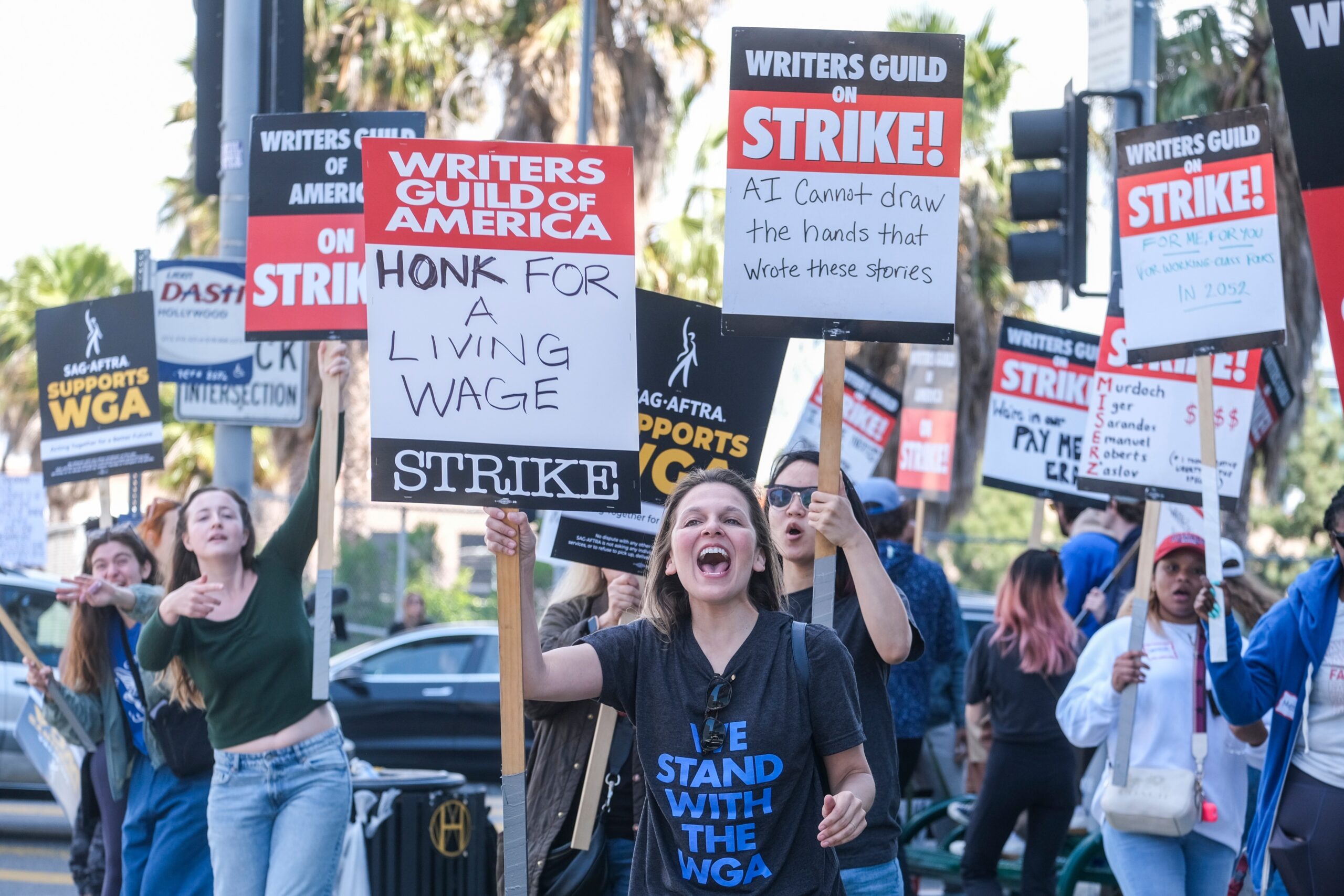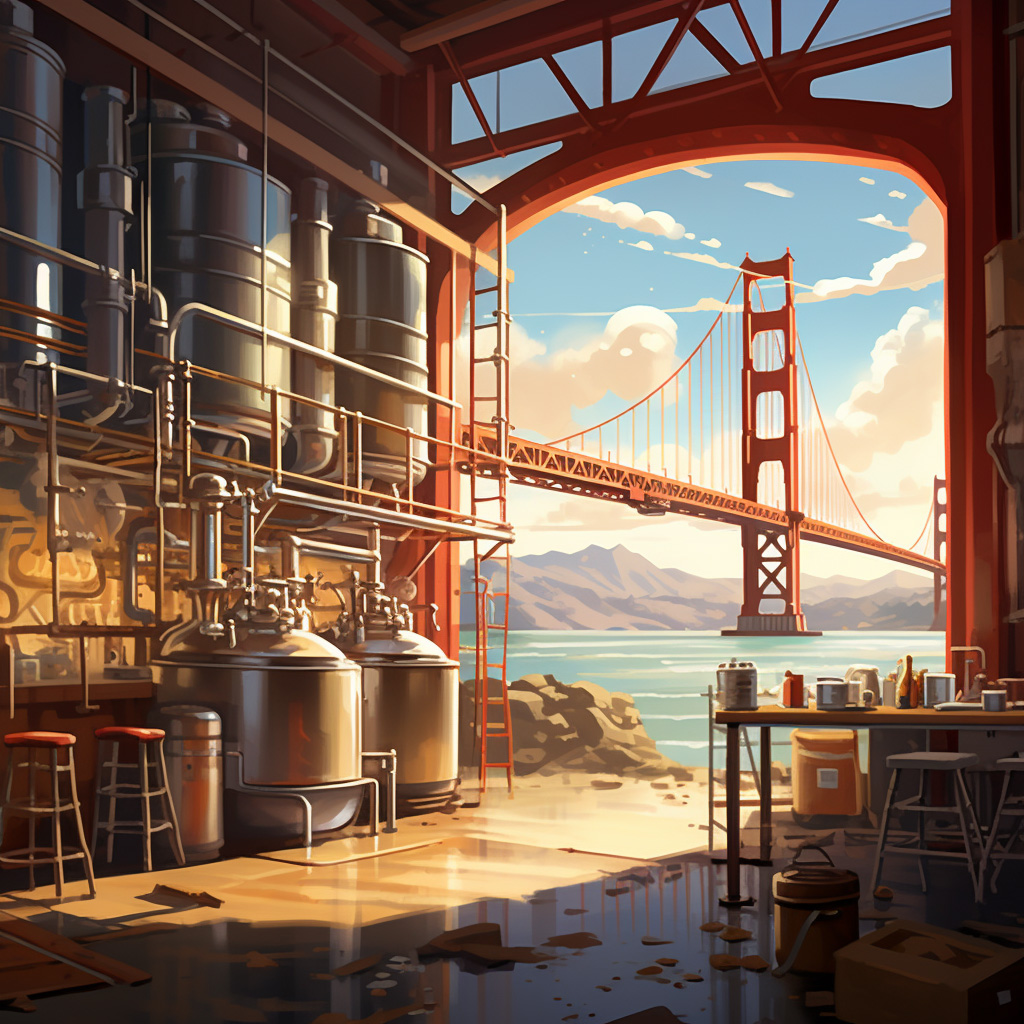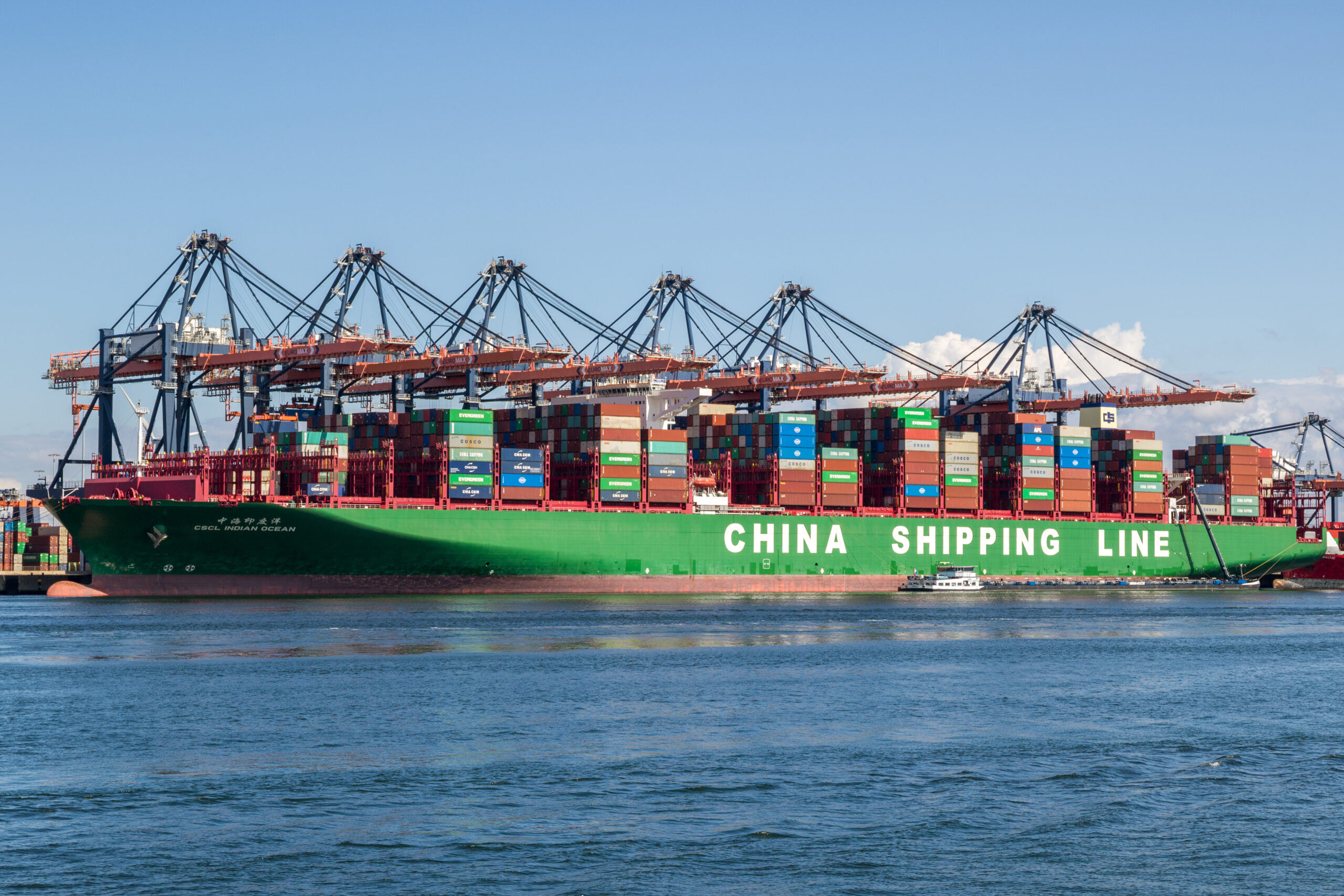Double Trouble In Hollywood: Writers And Actors Strike Brings Industry To Standstill

Table of Contents
The Roots of the Writers' Strike (WGA Strike):
The WGA strike, a significant part of this Hollywood strike, stems from several key issues plaguing the industry. The heart of the matter lies in the changing landscape of media consumption and its effect on writers' compensation.
Fair Wages and Residuals in the Streaming Era:
The rise of streaming services has drastically altered the compensation model for writers. The traditional system of residuals—payments made to writers each time their work is aired—has been significantly diminished, if not completely eliminated, in many streaming deals. This has led to a considerable reduction in writers' income, despite the increased volume of content being produced.
- Diminished residuals: Streaming platforms often pay a flat fee for a series, eliminating the lucrative rerun residuals writers previously relied upon.
- Increased production volume with lower pay per project: The demand for content has skyrocketed, but the pay per project hasn't kept pace, leading to writers struggling to make a living wage.
- Lack of transparency in streaming viewership data: Writers lack access to crucial data about audience engagement, making it difficult to negotiate fair compensation based on a show's actual success.
Concerns Regarding AI and its Impact on Screenwriting:
The WGA's concerns extend beyond compensation to the ethical and practical implications of Artificial Intelligence in screenwriting. The union fears that AI could be used to replace human writers, devaluing their skills and expertise.
- AI-generated scripts: The potential for AI to generate scripts raises concerns about authorship, originality, and the potential displacement of human writers.
- Copyright issues: The legal landscape surrounding AI-generated content is still unclear, creating uncertainty for writers regarding their intellectual property rights.
- The potential for AI to replace human writers: The WGA is fighting to ensure that human writers remain at the heart of the creative process and are not replaced by algorithms.
Working Conditions and Minimum Staffing:
The strike also highlights the grueling working conditions faced by writers, often exacerbated by inadequate staffing levels.
- Increased workloads: Writers are often expected to work long hours for insufficient compensation.
- Inadequate staffing leading to burnout: Understaffing creates immense pressure and leads to burnout among writers.
- Lack of benefits: Many writers lack adequate health insurance and other benefits.
The Actors' Strike (SAG-AFTRA Strike):
The SAG-AFTRA strike, another crucial element of the broader Hollywood strike, mirrors many of the concerns raised by the WGA, while adding unique challenges faced by actors.
Fair Wages and Residuals for Actors:
Similar to writers, actors are grappling with the negative impact of streaming on their compensation. Residuals, once a significant part of an actor's income, have been severely reduced, especially in the streaming environment.
- Reduced residuals from streaming platforms: Streaming services often offer significantly less in residuals compared to traditional television.
- Impact of AI on actors' roles: The use of AI threatens to replace actors in certain roles, especially in background scenes and through digital doubles.
- The use of AI for background actors and digital doubles: The potential for AI to create digital doubles raises concerns about job security and the fair use of actors' likenesses.
Self-Tape Auditions and Working Conditions:
The prevalence of self-tape auditions has added another layer of financial and logistical burden on actors.
- The expense and logistical burden of self-tapes: Actors are often required to invest their own money and time in creating self-tapes, often without compensation.
- Lack of fair compensation for self-tapes: Many actors are not fairly compensated for the work and expense involved in preparing self-tapes.
- Exploitative practices in the industry: The industry's reliance on self-tapes has unfortunately led to some exploitative practices.
Protection Against AI and Digital Replication:
Actors are deeply concerned about the use of AI to generate performances and replicate their likenesses without their consent or compensation.
- AI-generated likenesses: The technology allows for the creation of AI-generated likenesses of actors, raising significant copyright and ethical concerns.
- Use of AI to replicate actors' performances: AI can now convincingly replicate an actor's performance, threatening their job security and creative control.
- Concerns regarding contract terms and ownership of digital likenesses: Actors need clear contract terms that protect their rights and ownership of their digital likenesses.
The Impact of the Double Strike:
The simultaneous WGA and SAG-AFTRA strikes have created a ripple effect across the entertainment industry, impacting various aspects of production and distribution.
Economic Fallout:
The Hollywood strike's economic impact is devastating, extending far beyond the striking actors and writers.
- Production shutdowns: Numerous film and television projects have been indefinitely halted.
- Unemployment claims: Thousands of crew members, support staff, and other industry workers have filed for unemployment.
- Impact on businesses reliant on the entertainment industry: Local businesses reliant on film and television production are suffering significant financial losses.
Impact on Film and Television Releases:
The ongoing strike is causing substantial delays in the release schedules of many anticipated projects.
- Postponed productions: Many projects are facing significant production delays.
- Delayed release dates: Upcoming films and television shows are experiencing indefinite postponements.
- The impact on marketing campaigns and promotional events: Marketing campaigns and promotional events have been disrupted or canceled.
Shift in Power Dynamics:
The Hollywood strike is undeniably reshaping the power dynamics within the entertainment industry.
- Negotiation strategies: The unions are employing robust negotiation strategies to secure fairer deals.
- Public opinion: Public support for the strikes is growing, placing pressure on studios and streaming services.
- Potential long-term changes in industry practices: This strike could lead to significant and lasting changes in how the entertainment industry operates.
Conclusion:
The Hollywood double strike—the simultaneous walkouts by writers and actors—presents an unprecedented challenge to the entertainment industry. The core issues of fair wages, residuals in the streaming age, and the ethical concerns surrounding AI's role in creative content production demand immediate and comprehensive solutions. The long-term impact of this strike remains to be seen, but it highlights the need for a fundamental shift in the industry's approach to compensating and protecting its creative talent. The future of the entertainment industry hinges on addressing these concerns and finding a path forward that ensures fair treatment for all stakeholders. Understanding the complexities of this Hollywood strike is crucial for anyone interested in the future of film and television. Stay informed about the developments surrounding this significant event to better understand the writers strike, the actors strike, and the overall entertainment industry strike.

Featured Posts
-
 Twins Win 6 3 Over Mets Taking Middle Game Of Series
Apr 29, 2025
Twins Win 6 3 Over Mets Taking Middle Game Of Series
Apr 29, 2025 -
 Chinas Huawei Unveils Exclusive Ai Chip Targeting Nvidias Market Share
Apr 29, 2025
Chinas Huawei Unveils Exclusive Ai Chip Targeting Nvidias Market Share
Apr 29, 2025 -
 German Police Arrest Georgian Husband For Attempted Murder By Burning
Apr 29, 2025
German Police Arrest Georgian Husband For Attempted Murder By Burning
Apr 29, 2025 -
 The Closure Of Anchor Brewing Company Reflecting On 127 Years Of Brewing
Apr 29, 2025
The Closure Of Anchor Brewing Company Reflecting On 127 Years Of Brewing
Apr 29, 2025 -
 Exploring The Cognitive Architecture Of Ai Current Limitations And Future Directions
Apr 29, 2025
Exploring The Cognitive Architecture Of Ai Current Limitations And Future Directions
Apr 29, 2025
Latest Posts
-
 Navigating The Difficulties Of All American Production
Apr 29, 2025
Navigating The Difficulties Of All American Production
Apr 29, 2025 -
 Why Domestic Manufacturing In The Us Remains A Challenge
Apr 29, 2025
Why Domestic Manufacturing In The Us Remains A Challenge
Apr 29, 2025 -
 The Struggle To Create All American Products A Realistic Look
Apr 29, 2025
The Struggle To Create All American Products A Realistic Look
Apr 29, 2025 -
 The Challenges Of Producing All American Goods
Apr 29, 2025
The Challenges Of Producing All American Goods
Apr 29, 2025 -
 Why Making An All American Product Is So Difficult
Apr 29, 2025
Why Making An All American Product Is So Difficult
Apr 29, 2025
